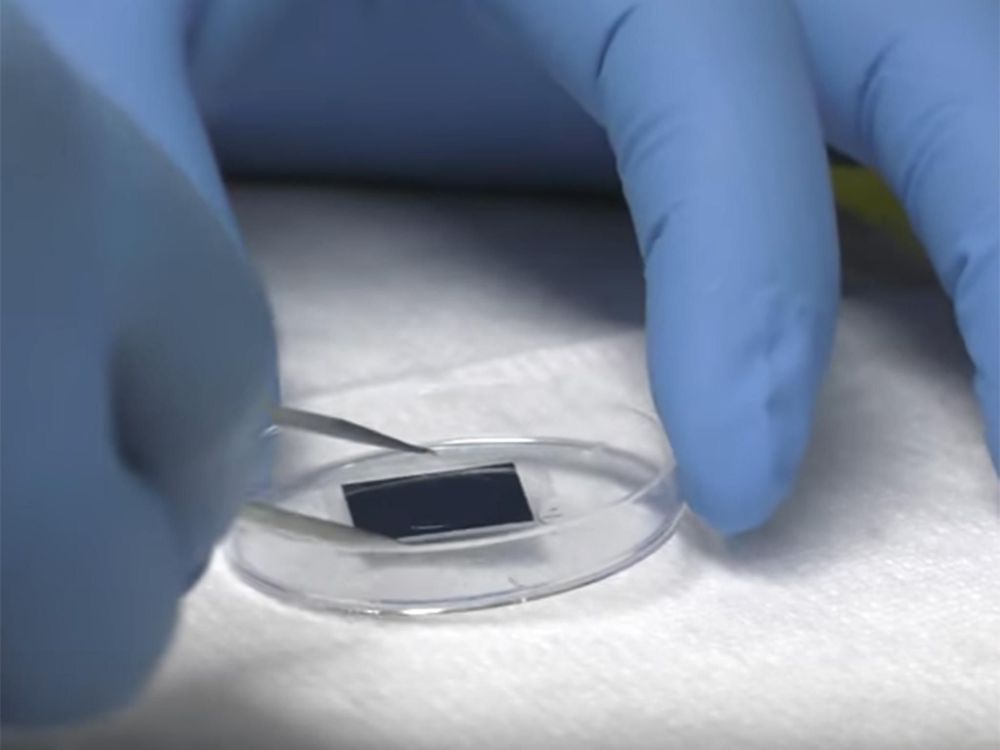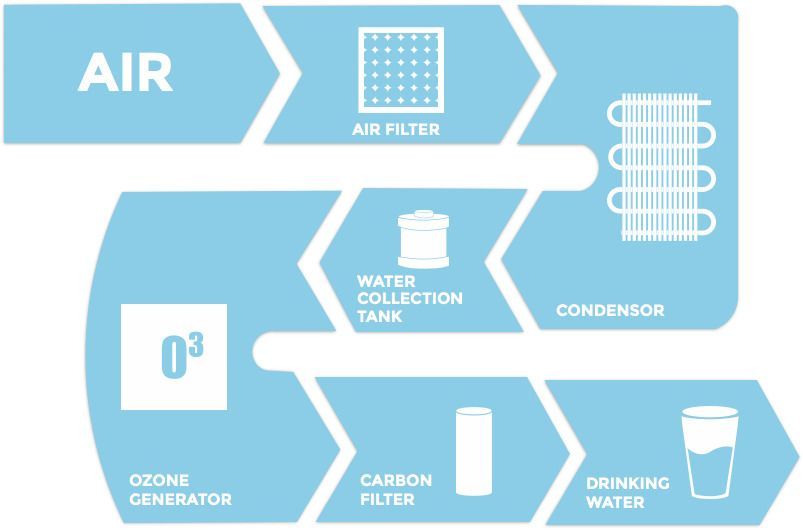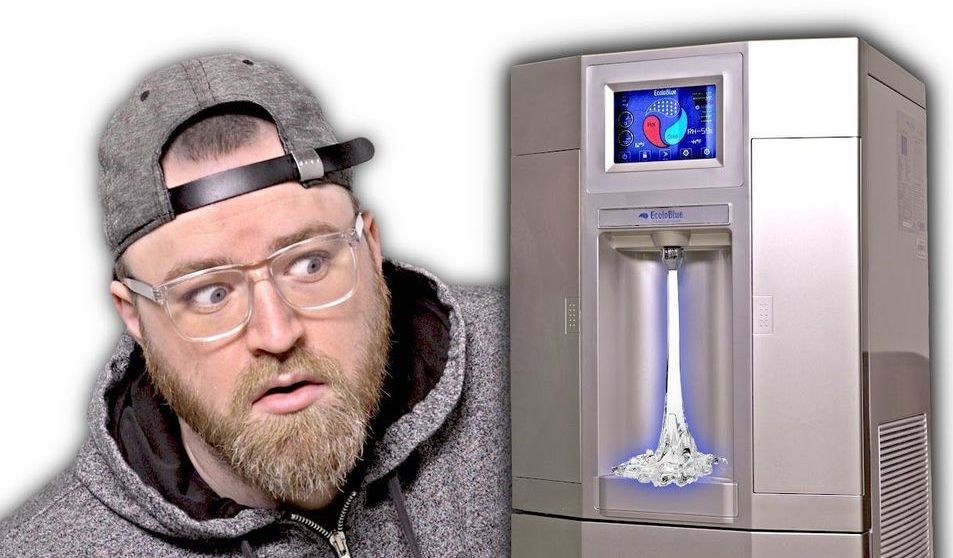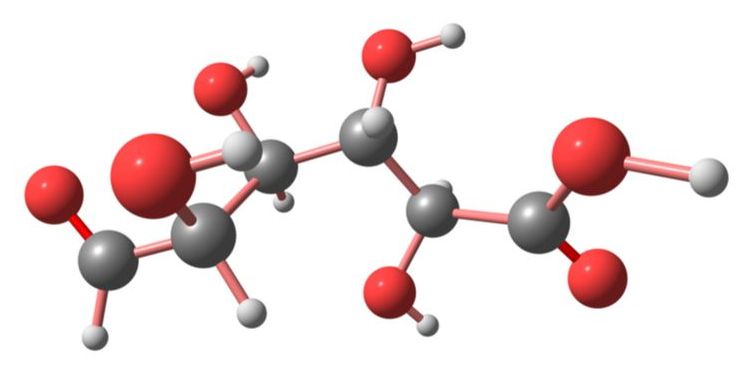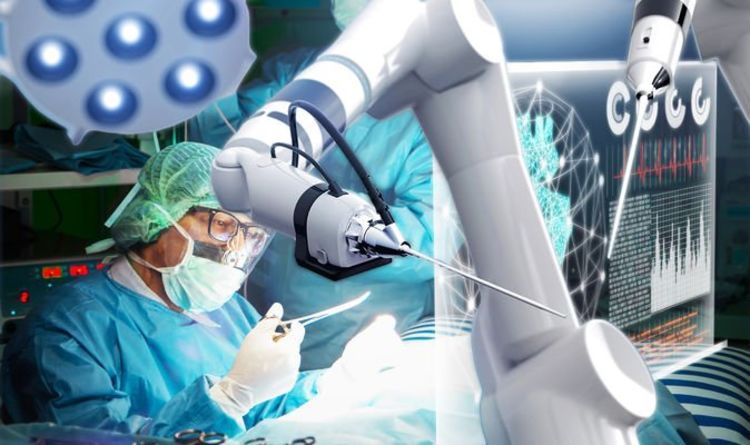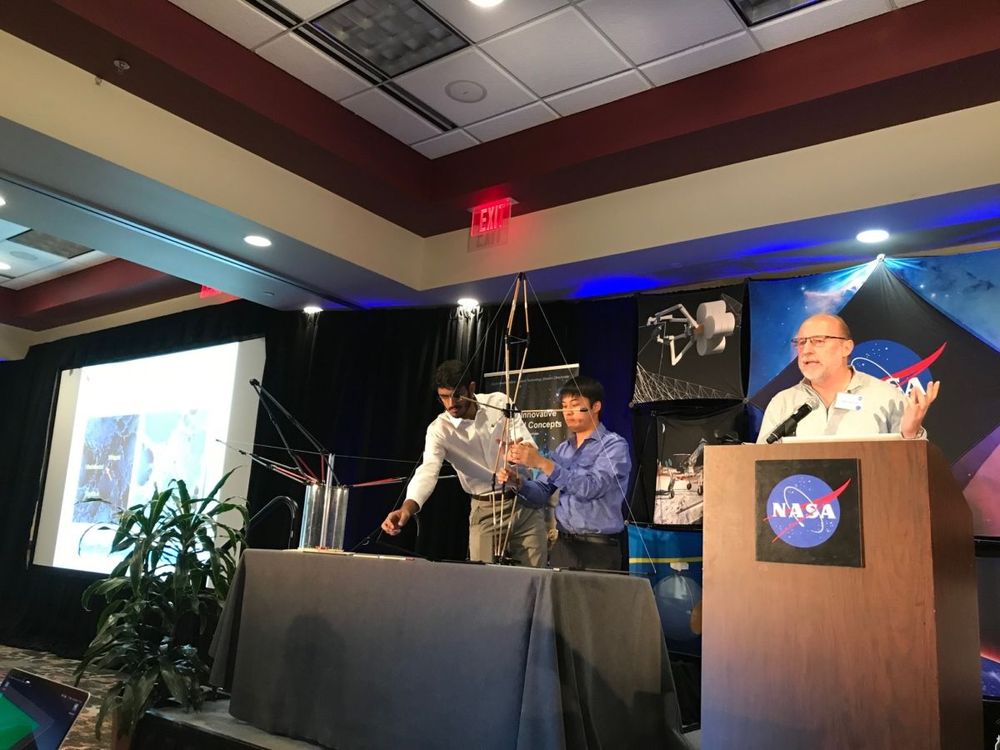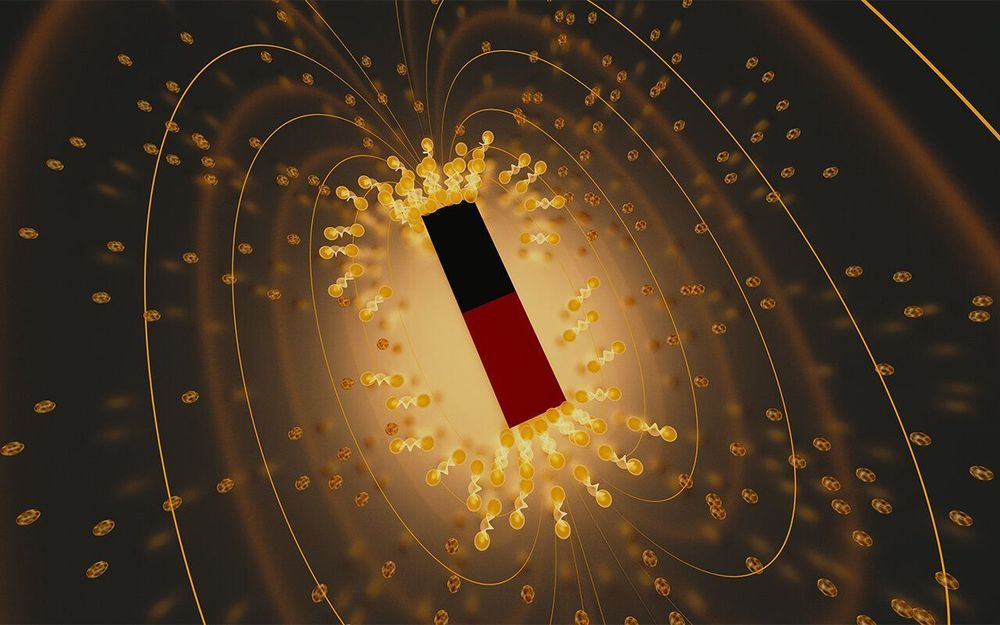
Researchers from the University of Maryland, the National Institute of Standards and Technology (NIST), the National High Magnetic Field Laboratory (NHMFL) and the University of Oxford have observed a rare phenomenon called re-entrant superconductivity in the material uranium ditelluride. The discovery furthers the case for uranium ditelluride as a promising material for use in quantum computers.
Nicknamed “Lazarus superconductivity” after the biblical character who rose from the dead, the phenomenon occurs when a superconducting state arises, breaks down, then re-emerges in a material due to a change in a specific parameter—in this case, the application of a very strong magnetic field. The researchers published their results on October 7, 2019, in the journal Nature Physics.
Once dismissed by physicists for its apparent lack of interesting physical properties, uranium ditelluride is having its own Lazarus moment. The current study is the second in as many months (both published by members of the same research team) to demonstrate unusual and surprising superconductivity states in the material.
